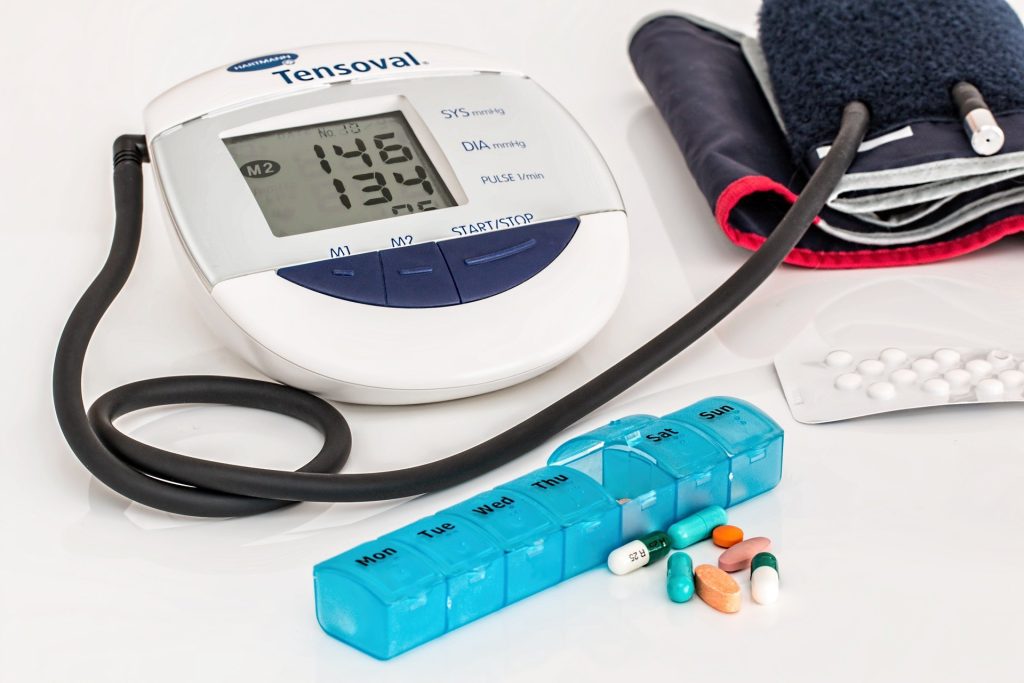Newly Found COVID-like Virus in Bats is Vaccine Resistant

Researchers have found that a recently discovered virus in a Russian bat that is similar to SARS-CoV-2 may be able to infect humans and, if it were to spillover, is resistant to current vaccines.
Reporting in PLOS Pathogens, researchers discovered that spike proteins from the bat virus, named Khosta-2, can infect human cells and is resistant to both the monoclonal antibodies and serum from individuals vaccinated for SARS-CoV-2. Both Khosta-2 and SARS- CoV-2 belong to the same sub-category of coronaviruses known as sarbecoviruses.
“Our research further demonstrates that sarbecoviruses circulating in wildlife outside of Asia – even in places like western Russia where the Khosta-2 virus was found – also pose a threat to global health and ongoing vaccine campaigns against SARS-CoV-2,” said Michael Letko, WSU virologist and corresponding author of the study.
Letko said the discovery of Khosta-2 highlights the need to develop universal vaccines to protect against sarbecoviruses in general, rather than just against known variants of SARS-CoV-2.
“Right now, there are groups trying to come up with a vaccine that doesn’t just protect against the next variant of SARS-2 but actually protects us against the sarbecoviruses in general,” Letko said. “Unfortunately, many of our current vaccines are designed to specific viruses we know infect human cells or those that seem to pose the biggest risk to infect us. But that is a list that’s everchanging. We need to broaden the design of these vaccines to protect against all sarbecoviruses.”
While hundreds of sarbecoviruses have been discovered in recent years, predominantly in bats in Asia, the majority are not capable of infecting human cells. The Khosta-1 and Khosta-2 viruses were discovered in Russian bats in late 2020, and it initially appeared they were not a threat to humans.
“Genetically, these weird Russian viruses looked like some of the others that had been discovered elsewhere around the world, but because they did not look like SARS-CoV-2, no one thought they were really anything to get too excited about,” Letko said. “But when we looked at them more, we were really surprised to find they could infect human cells. That changes a little bit of our understanding of these viruses, where they come from and what regions are concerning.”
Letko teamed with a pair of researchers in Washington State University’s to study the two newly discovered viruses. They determined Khosta-1 posed low risk to humans, but Khosta-2 demonstrated some troubling traits.
The team found that like SARS-CoV-2, Khosta-2 can use its spike protein to infect cells by attaching to a receptor protein, called angiotensin converting enzyme 2 (ACE2), found throughout human cells. They next set out to determine if current vaccines protect against the new virus.
Using serum derived from COVID-vaccinated human populations, the team saw that Khosta-2 was not neutralised by current vaccines. They also tested serum from people who were infected with the omicron variant, but the antibodies, too, were ineffective.
Fortunately, Letko said the new virus is lacking some of the genes believed to be involved in pathogenesis in humans. There is a risk, however, of Khosta-2 recombining with a second virus like SARS-CoV-2.
“When you see SARS-2 has this ability to spill back from humans and into wildlife, and then there are other viruses like Khosta-2 waiting in those animals with these properties we really don’t want them to have, it sets up this scenario where you keep rolling the dice until they combine to make a potentially riskier virus,” Letko said.
Source: Washington State University











